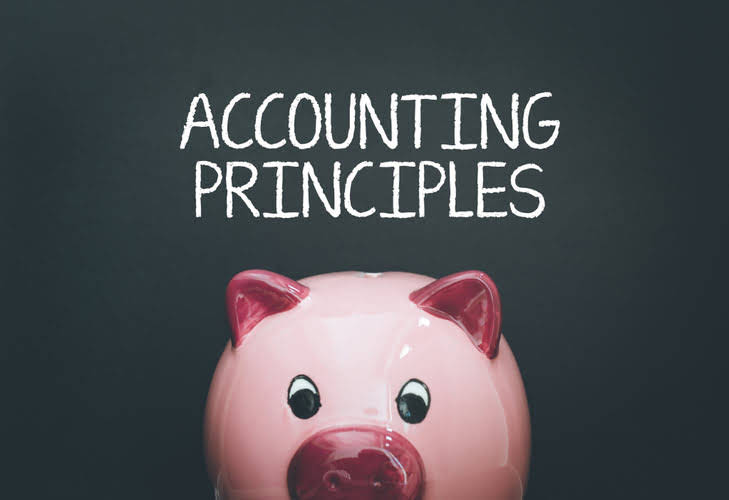Thus, each cost concept provides a somewhat different view of the costs incurred to create products, though both concepts include the cost of direct labor. A periodical review of the firm’s prime cost is crucial to ensure the efficiency of its manufacturing process. The computational responsibility lies with the factory manager who collects the relevant data, calculates the prime cost figure for the period and reports the same to operations manager for review. This means that the toy company spends $10 on direct labor and manufacturing overhead for each doll it produces. This means that the company spent $9 on converting each unit of the product. This information can be useful for cost accounting and management purposes, which we will discuss in the next topics.
Conversion cost formula
Direct labor costs are the wages and benefits paid to the workers who directly work on the product. Manufacturing overhead costs are the indirect costs that support the production process, such as utilities, rent, depreciation, maintenance, etc. The conversion of materials into a finished product is what we call “conversion.” It’s an important process that happens at every stage in the manufacturing cycle. The more complex and sophisticated the products become, though the higher this cost can potentially go up. The use of this ratio in process costing is to calculate the cost for both direct labor and manufacturing overheads.
Conversion Cost vs Prime Cost
- Thus, each cost concept provides a somewhat different view of the costs incurred to create products, though both concepts include the cost of direct labor.
- By analyzing the various components of conversion costs, businesses can make informed decisions to optimize their production processes and enhance profitability.
- This indicates that 25% of the total manufacturing cost is attributed to conversion costs.
- It excludes the salary of management, office staff, and other people who are not working directly with the products.
In this section, we will delve into the intricacies of calculating the total cost involved in converting raw materials into finished goods. Understanding the conversion cost formula is crucial for effective cost accounting and management. By analyzing the various components of conversion costs, businesses can make informed decisions to optimize their production processes and enhance profitability. In this section, we will delve into the concept of the conversion cost ratio and its significance in cost accounting and management.
How to Apply the Conversion Cost Formula and Per Unit Cost to Different Scenarios?
- It provides insights into the efficiency and effectiveness of the production process.
- ABC International incurs a total of $50,000 during March in direct labor and related costs, as well as $86,000 in factory overhead costs.
- Manufacturing cost is the cost that company spends to support the production process but they cannot allocate to each product.
- Conversion cost accounting is the process of tracking and reporting the costs incurred to convert raw materials into finished goods.
- Enter the total direct labor cost and the manufacturing overhead into the calculator to determine the conversion cost.
Managers can then use this information Sales Forecasting to allocate resources, set goals, reward or motivate the workers, or make outsourcing or insourcing decisions. By analyzing conversion costs in this manner, businesses can identify cost-saving opportunities, optimize resource allocation, and make informed decisions to enhance their overall operational efficiency. Conversion costs include all direct or indirect production costs incurred on activities that convert raw material to finished goods. Numerous manufacturing overhead costs are encountered in manufacturing facilities and processes. Rent of factory building, electricity, gas and coal used in production, salaries of production managers, depreciation of production machines and equipment are a few examples of these costs.
In such cases, it is time-saving to calculate equivalent units and unit costs by combining direct labor and manufacturing overheads instead of doing separate calculations for the two cost items. Conversion Cost Variance is a metric used to assess the variance between the actual conversion costs incurred and the budgeted conversion costs. It provides insights into the efficiency and effectiveness of the production process. By analyzing this variance, companies can identify areas of improvement and take corrective conversion cost formula actions.
Let’s consider an example to illustrate the concept of conversion cost variance. Suppose a manufacturing balance sheet company budgeted $100,000 for conversion costs for a particular production run. This would result in a positive conversion cost variance of $10,000. Indirect materials, electricity charges and salaries of engineer and supervisor are all indirect costs and have, therefore, been added together to obtain total manufacturing overhead cost. By comparing the actual conversion cost with the budgeted or standard conversion cost, managers can identify the variances and the causes of them. The best methods for reducing conversion costs involve improving efficiency that reduce both direct labor and manufacturing overhead.





